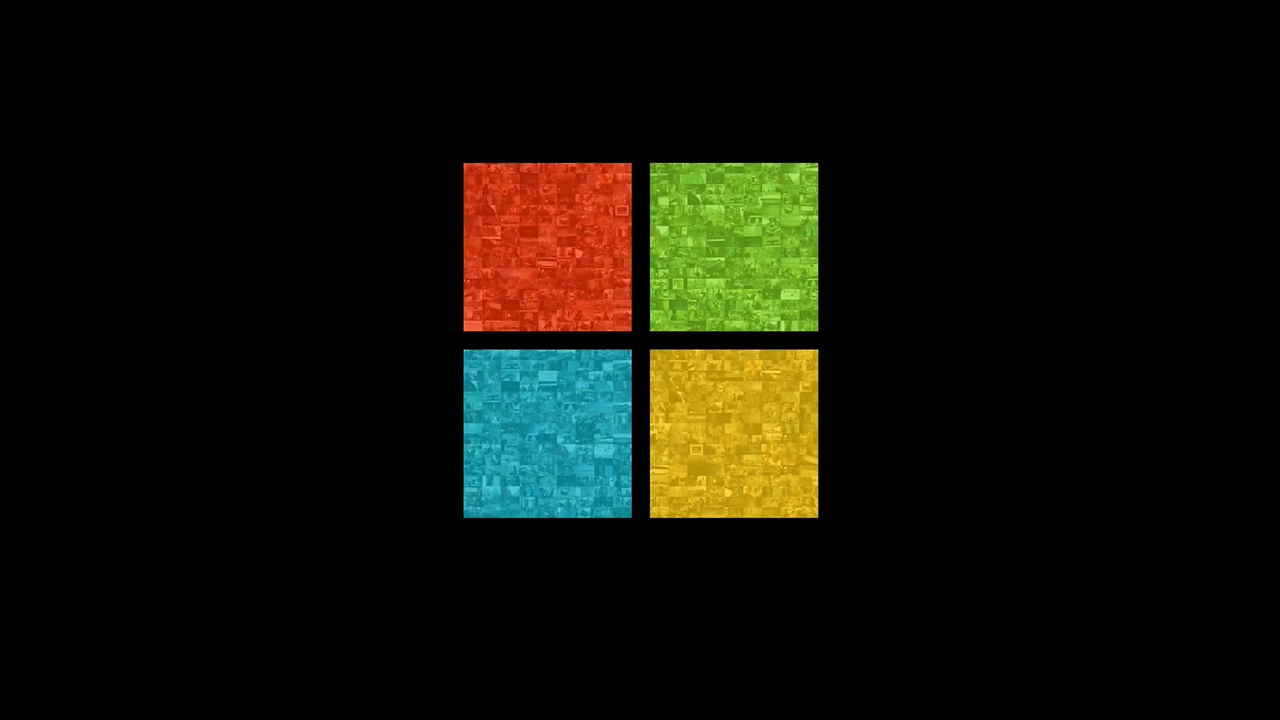Microsoft’s Push To Turn Your Phone Into A PC Arrives With Redstone 3
In the second half of 2017, Microsoft is working towards the release of Redstone 3, this is the next update coming to Windows 10 after the release of the Creators update that is set to arrive in the Spring. According to new information from both public and internal sources, Microsoft is working on an emulation layer for ARM chips to run x86 applications.
This information, which I had been hearing for some time gains more credibility with a discussion I had last night with WalkingCat on Twitter who has uncovered the tools to making this emulation possible. Currently called CHPE, this tool allows for emulation of x86 on ARM and we should see this sometime next year.
Mary Jo Foley was able to dig up more information about the platform, which is currently called “Cobalt”; this emulation is targeted at phones/desktop and not the server market. To further add credibility to this information, the release of Redstone 3 aligns with Snapdragon 830 that will contain virtualization capabilities that will further make this emulation of x86 on ARM a reality.
If Microsoft is able to pull off emulation successfully, in a way that does not have a significant performance hit, this will be a huge shift for computing. Currently, the biggest limit of ARM chips is not performance, price, heat, or availability, but its lack of capability to run legacy applications. This technology, provided it works well, has the ability to patch that gap and will help Microsoft finally obtain market share in the mobile space.
Microsoft already has Windows 10 running on ARM and if they can make legacy applications run on our phones, without the need for an external streaming-virtualization service, this makes carrying one device for all your computing needs much closer to reality. Continuum, which is already available today with Windows 10 mobile, allows you to use your phone like a desktop but it’s limited in terms of performance and available applications.
If Intel isn’t paying close attention, this could have a huge impact on that company’s operation. The chip manufacturer has failed to find a way to successfully compete with ARM chips at either price point, performance or thermal footprint, which has left them high and dry in the phone marketplace. If and when ARM chips can run legacy applications, Intel’s stronghold in the desktop space could be in jeopardy as it could be possible to buy a desktop that runs every application you need but uses an ARM processor.
Further, by emulating x86 on ARM, this is a huge win for security too. Currently, if an x86 application is malicious, we are dependent on preventative software to stop the processes and protect our data. By emulating x86, it’s much easier to contain, destroy and prevent malicious code from accessing sensitive data or infecting the core OS at its root.
It’s likely that the first iteration of the emulation of x86 will not be at a level of performance required to run intensive applications but if the initial process shows potential and the correct investments are made, the next few years are likely to see a dramatic shift in how PCs are built.




